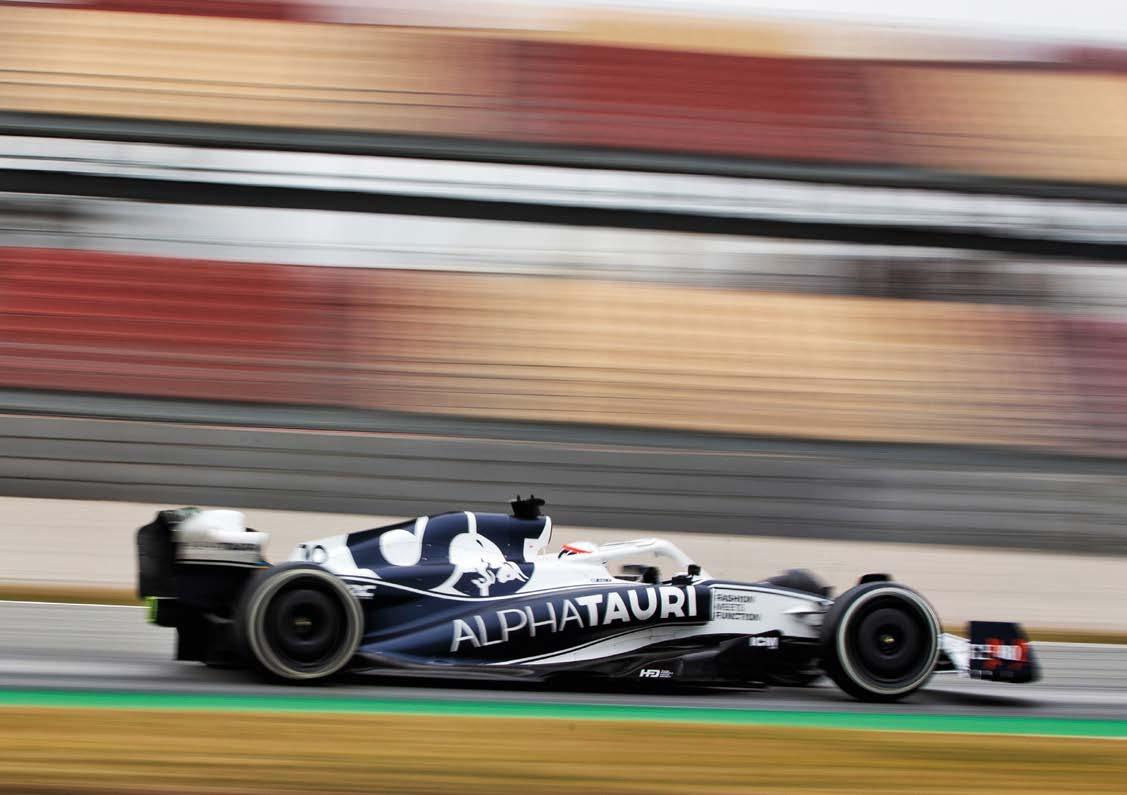
8 minute read
CHASSISSIM AND PORPOISING
The porpoise effect
It’s nothing new, but what exactly is it, and how do you deal with it?
By Danny Nowlan
Porpoising has been one of the main topics of conversation amongst professionals and lay persons since the new generation F1 cars hit the track earlier this year, but Danny’s seen it all before
Motorsport-wise, one of the key problems that has emerged from early season testing of the new generation Formula 1 cars is so-called porpoising. Given that myself and ChassisSim customers have dealt with this to some degree over the years, I’ve had a wry giggle at the number of lay punters out there who think this is a new thing.
Porpoising has been around for a good while now, and is one of the things that’s always lurking around the corner if you run a high-downforce racecar. In this article we’ll discuss what it is and, more importantly, how you can deal with it.
First things first. If you insist on running a high-downforce racecar that is passive, the risk of porpoising is the price you pay. It doesn’t matter whether you’re running ground effect tunnels or flat bottoms, if you have either very badly conditioned aerodynamics, or a badly tuned spring / damper package, it will make its presence felt at some point.
What porpoising refers to is low-tohigh frequency oscillation in the pitch mode of the sprung mass of the vehicle. To illustrate this, Figure 1 shows how downforce is generated on a racecar.
The two ways you generate downforce are by accelerating air under the car or over the rear wings. The latter is tied quite closer to the former, but we are nitpicking.
When a car is prone to porpoising, from an aerodynamic perspective you have two culprits. Either the front wing / splitter
Fig 1: How downforce is generated on a racecar
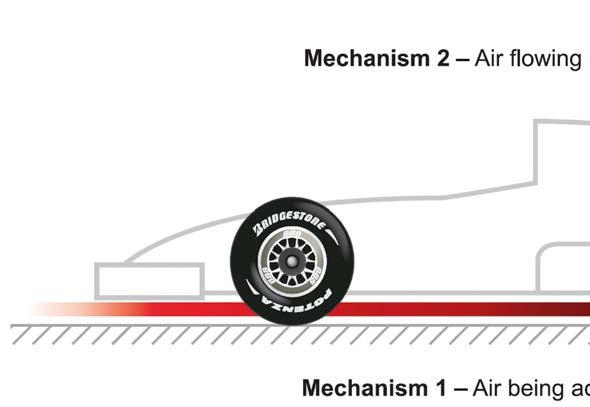
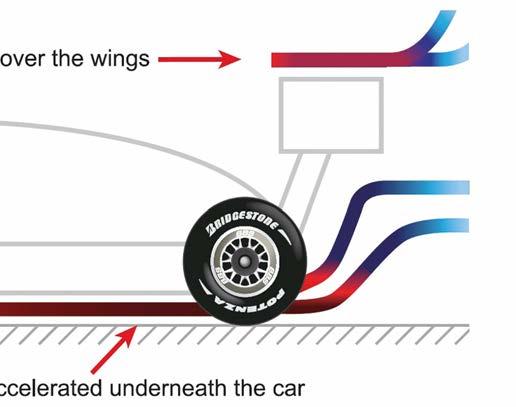
Equation 1
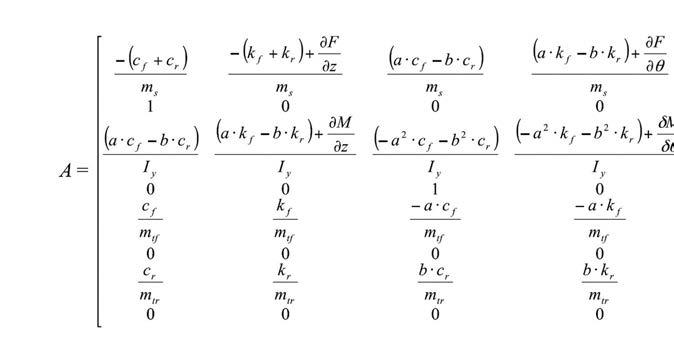
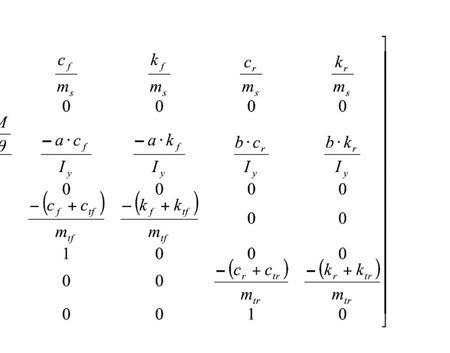
stalls, or chokes the fl oor to the under fl oor. Alternatively, the rear gets too low and that stalls the diff user. What happens in both cases is that when either the front or rear gets critically low, the discontinuity that occurs kicks in and sends the relevant end back up. Downforce then kicks in and pushes the relevant end back down again. This up / down motion can set up a high-frequency pitch oscillation that can be deleterious to both the car itself and performance. During my career I’ve seen both eff ects make their presence felt, so it’s not limited to one situation or the other.
There are some other interactions what will induce porpoising as well. Typically, a badly conditioned spring / damper package. The worst off ender I tend to see is a third spring arrangement that hits a bump rubber that’s eff ectively a brick. This then sets up an oscillation that is very diffi cult to manage.
Another popular culprit is when you have a large amount of downforce combined with a massive aero balance. Both of these on their own are bad enough, but combine them and you are quickly in a world of hurt.
From a mathematical perspective, what drives this is the aerodynamics having a fundamentally destabilising moment on the car. This is summarised in equation 1, taken from my book, The dynamics of the race car.
Now, I’m not going into all the terms of this equation because it would distract us from the purpose of this article. However, I want to bring your attention to two things. Firstly, the spring and damper settings described by the k and c terms have a fundamentally stabilising eff ect on the sprung mass, particularly in pitch. The aero terms are described by the derivatives of F and M respectively, and fundamentally destabilise the sprung mass. How big these terms are will dictate what you can and cannot do about it.
Problem solving
The fi rst step to solving this problem is having an aero map validated from race data. This is a do not pass go, don’t collect your $200 point. If you haven’t got that, you need it, and it should look something like Figure 2.
Without something like Figure 2, you are not in the game. That’s the very reason we at ChassisSim went to a great deal of trouble to develop and evolve the aero modelling toolbox. I also hammer this point home in the ChassisSim bootcamps, and the seminars I give, because it gets results. Simple as that.
Once you have this, you have the tools at your disposal to start addressing the problem.
Before we begin, though, there is a common misconception that, unless you have inerters / mass dampers and front and rear interconnected springs, you can’t deal with this. I can tell you from personal experience that is nonsense, but the best way to dispel a myth is by example.
Lead by example
To illustrate this, I have recently been working on a hillclimb car called an Empire Wraith, as shown in Figure 3.
What made my job a lot easier in this instance is the aerodynamics of the car were done by Willem Toet. The car is a masterpiece of the art, with very well conditioned aerodynamics. That said, there were still issues in terms of the stability of the platform, which is where I was called. I should also add, in terms of suspension for this car you are dealing with a front monoshock and twin main springs. The accompanying damper package was nothing special, so it was just a matter of harmonising the components.
The fi rst step in bringing this project together was the ChassisSim shaker rig toolbox. A typical output of which is shown in Figure 4.
The mechanics of how to drive and use this I have covered many times before, so the quick ‘elevator speech’ version is the contact path load (CPL) variation is a direct measure of your mechanical grip. You are then watching the heave mode (the variation of vertical load of the chassis) and the cross pitch mode, which is the pitch response when you have a heave input. The telltale sign that you have a porpoising problem, or at the very least have pitching that needs to be controlled, is when the cross pitch mode is very high. This is exactly what we see with this car, illustrated by the black trace in Figure 4. Fortunately, for this car, the latter was the case.
Fig 2: A suitable aero balance map derived from race data
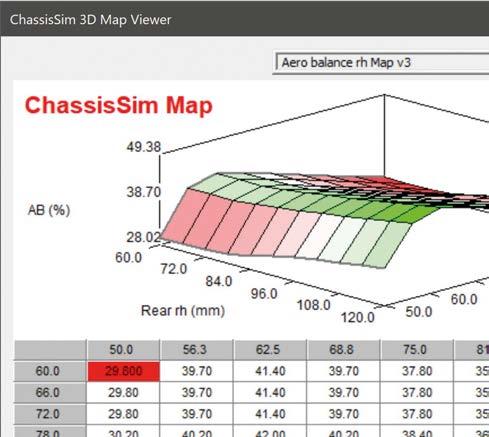
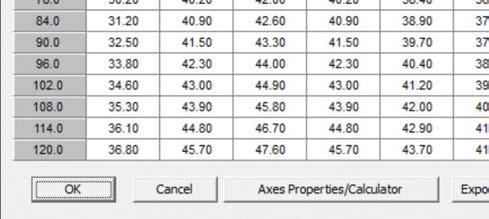
Fig 3: The Empire Wraith hillclimb car
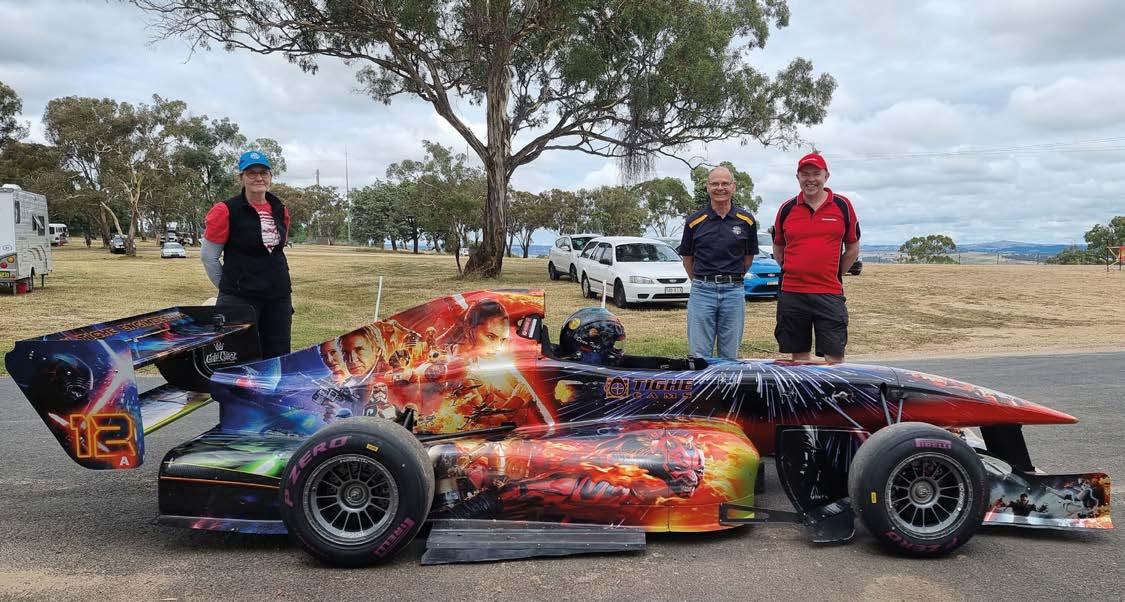
An additional challenge faced in this example was that, in addition to its high downforce levels (a CLA well north of three, in a very light car), the car was running on some exceptionally bumpy circuits, which meant you couldn’t go to insane spring rates.
We therefore had to be very creative with the damping. Here, the ChassisSim dual rate damper model is your friend, and this is illustrated in Figure 5.
The important thing to understand here is the low speed section controls the sprung mass and the high speed fi lters out the bumps. With this car, we needed to pay very close attention to the bypasses, and the relations between the low speed and high speed damper rates. In particular, since we had to go to a softer spring rate, we needed damping ratios north of 0.7 in the low speed. Compromises like these are the dance you need to engage in and, while the dual rate damper model is far from perfect, it’s a powerful tool to help you sort through the options.
And the tuning process you have to go through will be very enlightening. The spreadsheet of this is shown in Figure 6.
Since this is a live racecar, I have redacted the specifi c set-up information, but the take away is right down the bottom. Note the increase in the rear spring rate and the reduction in the CPL and cross pitch mode. This is what happens when you have a proper aero map (in this case generated from CFD) that has an eff ect on the shaker rig calculations. This should lay to rest one of the primary criticisms of shaker rigs – that you always soften the car. This was not the case here.
Of course, the ultimate proof is in the pudding so, if you want to see the result, the last 20 seconds of this YouTube video speaks volumes: youtu.be/DTWh9XyL1yU You will note how stable the platform is.
Summary
The point of this case study is to show how far down the road you can get toward addressing porpoising using straightforward suspension elements. To summarise, here’s a quick porpoising cheat sheet: • Know the car’s resonant frequency, so you can stay away from it. • Don’t worry (within reason) about being aggressive with damping. • Don’t fall into the trap of no bump and plenty of rebound. That is the last thing you need if you are suff ering porpoising eff ects. • When the bump rubber engages, make sure it is continuous and smooth. • Finally, a tool like the ChassisSim shaker rig toolbox is invaluable.
In conclusion, while porpoising is certainly a problem that needs to be taken seriously, it can be dealt with, or at least mitigated, using off -the-shelf components.
Fig 4: ChassisSim shaker rig toolbox
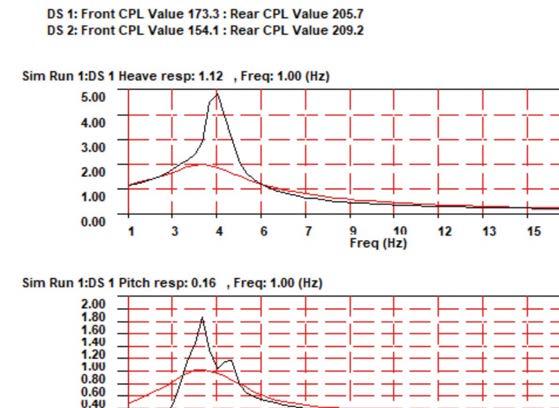
Fig 5: The ChassisSim dual rate damper model
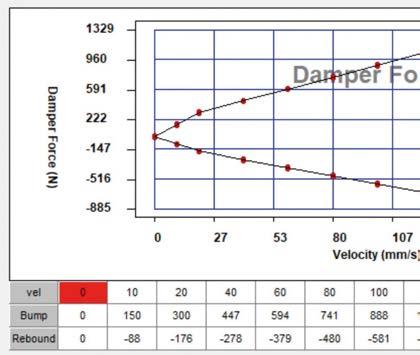
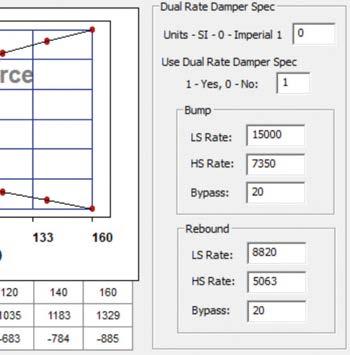
Fig 6: Tuning process for the dampers







